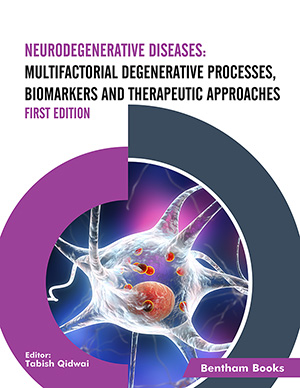Abstract
SHS investigation development is considered from the geographical and historical viewpoint. 3 stages are described. Within Stage 1 the work was carried out in the Department of the Institute of Chemical Physics in Chernogolovka where the scientific discovery had been made. At Stage 2 the interest to SHS arose in different cities and towns of the former USSR. Within Stage 3 SHS entered the international scene. Now SHS processes and products are being studied in more than 50 countries.
Abstract
Protein aggregation-related diseases primarily affect the central nervous system and are involved in the pathogenesis of multiple neurodegenerative diseases as well as several rare hereditary disorders that involve the deposition of protein aggregates in the brain. These diseases include Alzheimer's, Parkinson, Huntington's disease, Prion diseases, amyotrophic lateral sclerosis, familial amyloid polyneuropathy, etc. The aggregates usually consist of fibers containing misfolded protein with a betasheet conformation. As a result, proteins’ secondary structures change from α-helix to β-sheet, leading to the accumulation of harmful misfolded protein aggregates in the CNS. The misfolding, subsequent aggregation and accumulation of proteins in neurodegenerative diseases lead to cellular dysfunction, loss of synaptic connections and brain damage. This chapter discusses some of the important neurodegenerative diseases resulting from protein misfolding and explains the pathological mechanisms behind brain damage.
Keywords:
ALS, Alzheimer, Amyloid beta, Huntington, Misfolding, Parkinson, Protein aggregation, Protein folding.
We recommend

Authors:Bentham Science Books






